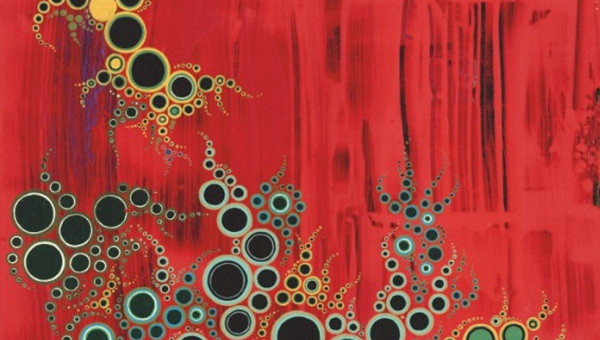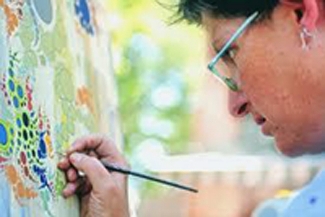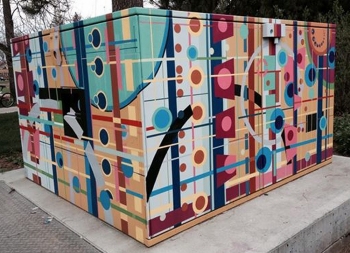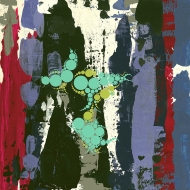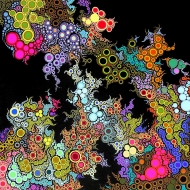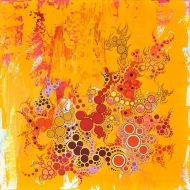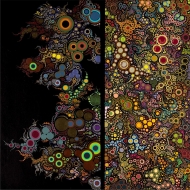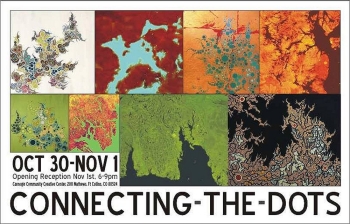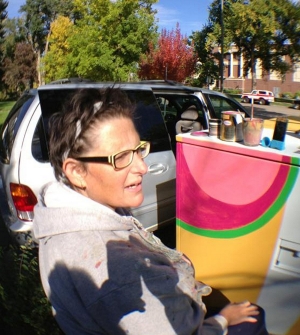Robberies, cancer can't slow Cincinnati native from creating success through art
by Katie Coburn
Multiple robberies, two episodes of cancer and resulting physical disabilities do not slow Cincinnati native and painter Amelia Caruso from creating a life portrait decorated with artistic success.
Today, Caruso’s distinct abstract art is recognized globally through her trendy designer fabric line and even on the set of the classic NBC sitcom “Will & Grace.”
But, acclaim did not come easily.
Caruso devoted six years to studying documentary photography at the Art Academy of Cincinnati before transferring to the University of Cincinnati in 1988 and graduating the following year with a teaching degree.
To support herself financially while securing gallery appointments to showcase her artwork, Caruso delivered for Domino’s Pizza, eventually earning a managerial position within the company and later owning an unaffiliated pizza store.
After years of the pizza business consuming her time and energy, Caruso sold her store and moved more than 1,200 miles across the country to Fort Collins, Colo., in 1996 to reinvent herself as a painter.
“I was known in Ohio among my art friends as a photographer, and so at that point I didn’t really want to be a photographer anymore,” Caruso says. “I wanted to be a painter, and so in moving to Colorado that was sort of a promise to myself that I would start to paint when I got here and that’s what I did.”
Although Caruso’s painting career budded in Colorado, it certainly did not bloom. Thus, she went back to work for Domino’s Pizza and moved to Riverside, Calif., three years later to accept a higher-paying position within the company.
